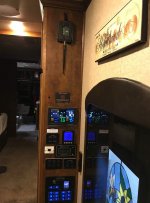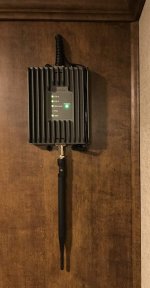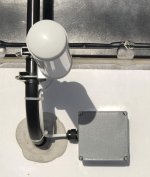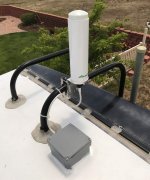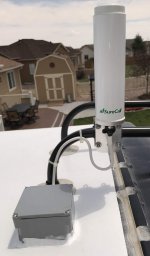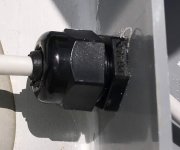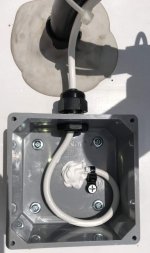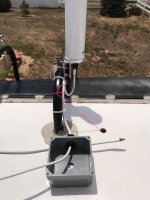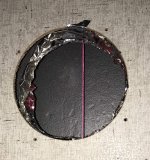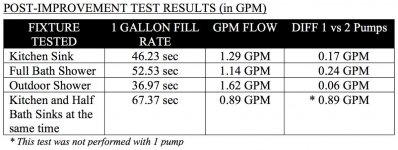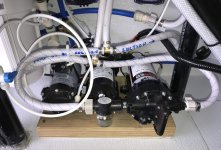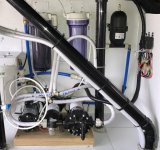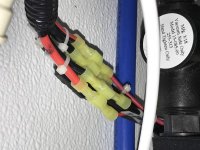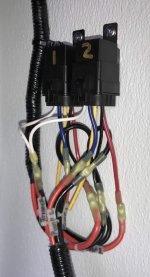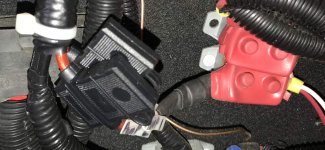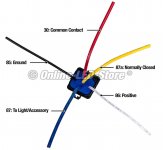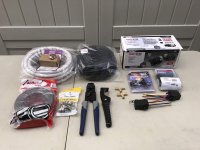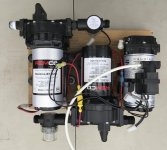FEATURE ADDITION: SureCall Fusion2Go 3.0 RV Voice, Text & 4G LTE Cell Phone Signal Booster for Recreational Vehicle
BASELINE TESTING AND PRODUCT PERFORMANCE TESTING IS COMING AND WILL BE ADDED HERE SOON.
A few months ago, fellow Heartlander, Michael Barnett asked me about Cellular Boosters, what I knew about them etc. Several years ago, I used a Wilson (3G) Cellular Booster with short external antenna and interior patch-style antenna. My results with it were marginal.
Michael piqued my curiosity for this product so I set out to look for reviews and technical data for the booster Michael was favoring - the SureCall Fusion2Go 3.0 RV Voice, Text & 4G LTE Cell Phone Signal Booster for Recreational Vehicles. The independent reviews I found were mostly comparing the SureCall product with the Wilson WeBoost product. In every case, SureCall was the winner.
I contacted an industry acquaintance (
WPS Antennas) who has supported some of my telecommunication projects over the years. In cooperation with SureCall, an evaluation Fusion2Go 3.0 RV Voice, Text & 4G LTE Cell Phone Signal Booster for Recreational Vehicles was sent to me. I finally got it installed.
Ken and Kathy Adams are staying in our RV pad for a while. Ken assisted with this project.
GOAL
- While traveling, especially in locations where Verizon signal inside the coach was marginal, have the ability to pick up a stronger signal from an exterior rooftop antenna and boost that signal inside the RV in an effort to increase voice call availability and improve cellular data speeds.
BILL OF MATERIALS
- 1 ea SureCall Fusion2Go 3.0 RV Voice, Text & 4G LTE Cell Phone Signal Booster for Recreational Vehicles
- 1 ea 4"x4" plastic electrical box and lid with integrated rubber gasket
- 1 ea Compression-style entrance connector (for antenna coax to enter electrical box
- Misc supplies (rubber tape, electrical tape, pink string, white silicone rubber, screws, electrical terminals, 1/4" split loom tubing)
PROJECT COST
~$5 for supplies (device was sponsored)
PROGRESS (reverse chrono)
Project is 90% complete - time spent to date is about 6 hours
30-June-2018
- I previously mounted outdoor antenna to rear ladder
- Using fiberglass wire pulling rods, fished pink string through door side air conditioning duct (note: we first spent over an hour trying to fish from ceiling light to light but had a difficult time getting through roof trusses)
- Cut hole in ceiling of rear cap overhead cabinet to fish one end of pink string out of AC duct
- Fished pink string out of AC duct near mid-coach, then fished across ceiling to above coat closet, then out an existing hole in closet ceiling
- Attached antenna coax N connector to antenna, sealed connector with rubber tape and secured with tie-wrap. Tie-wrapped coax to ladder.
- Added compression-style entrance connector to 4"x4" electrical box and drilled exit hole in bottom of box
- Using 3/4" Forstner bit, drilled hole in fiberglass roof material and down into attic space above rear cap upper cabinet
- Covered bottom of electrical box with white silicone rubber (I was out of Dicor Lap Sealant), aligned hole in box with hole in roof and screwed box to roof, then sealed outside perimeter of box to roof
- Using a single 3' section of wire push rod with 5 foot of pink string attached, fished rod through hole in box/roof and out hole in rear cap upper cabinet ceiling, then tied string off to ladder
- Tied, then taped pink string to booster end of antenna coax, then pulled all coax into rear cap upper cabinet
- Made a small coil of coax inside electrical box on roof, then fastened coil down to inside-bottom of box with tie-wrap and a screw
- Added lid to box
- Attached coax to previously run pink string in AC duct and pulled coax all the way to midpoint of coach and into upper shelf of coat closet
- Determined mounting location for SureCall device in the upper foot of the sidewall of the coat closet that has all the coach switches etc. and drilled hole on wall for coax and power to come out
- Fished coax and power cable out from closet to device mounting location
- Connected coax and power cable to SureCall device, then mounted device to wall using 4 screws
- Cut off cigarette lighter plug from power cable and added electrical terminals to cable ends
- Connected power cable to 6 position fuse block in closet, then added fuse
- Replaced all removed ceiling lighting and AC grills
TO DO LIST
- Devise method to, then implement a block past the last air conditioning output duct as we blew the end out with our wire pushing rods (oops!)
- With booster off, establish baseline metrics (RSSI, Data Speed tests, number of bars etc.)
- Retest all metrics with booster on to determine performance to baseline
